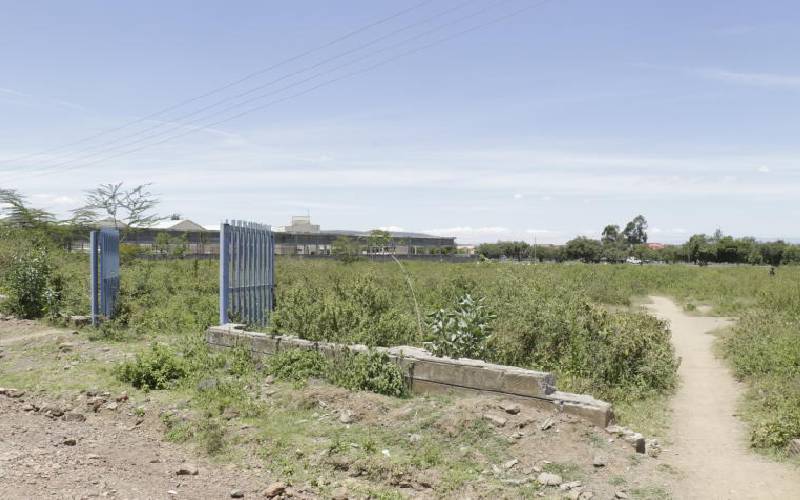×
The Standard e-Paper
Home To Bold Columnists
 Physical and land use planning prescribes the appropriate use of land to ensure there is harmony, efficiency, productivity, equity, aesthetically appealing human settlements and ultimately a sustainable environment for the current and future generations.
Physical and land use planning prescribes the appropriate use of land to ensure there is harmony, efficiency, productivity, equity, aesthetically appealing human settlements and ultimately a sustainable environment for the current and future generations.
This is achieved through application of standards, design of interrelationship of activities as well as preparation and enforcement of plans.